Australia So Much to See
Copyright (C) 2013 AustraliaSoMuchtoSee.com. All rights reserved


Sources used for identification of wildflowers shown on these pages and regions where they occur see Credits
These pages will
feature some of the wildflowers we have photographed in Western Australia, and where possible, identified. If you
are able to help identify further flowers, or correct any I may have wrong, please contact us.
Information given for each species
will give botanical name, known common names, describe the flower, give time of year it flowered, and where it was photographed, and
the areas it occurs in. Names have been matched to Florabase which has also been used to show distribution.
See some
of these wildflower in larger sized photos on our Flickr pages.
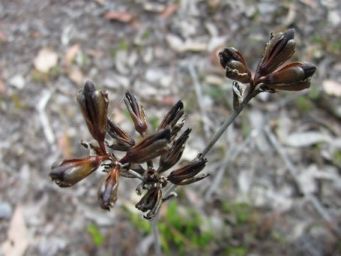
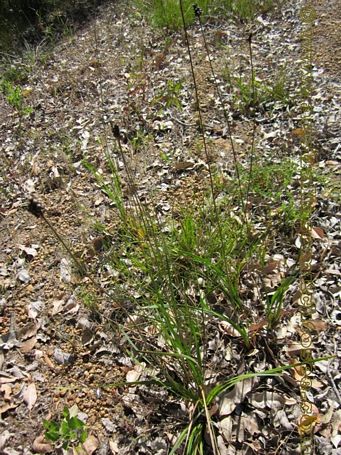
Haemodorum species are also known as Bloodroot, due to an orange-red edible root. They have shiny dark brown flowers in November
December, from perennial leaves similar to Kangaroo Paws, to which they are related.
Flowers up a tall slender stem giving a zigzag appearance. At right shows a very tall stem that has shed seeds from the previous
flowering season, with two new flower spikes growing.
November December
Bridgetown, South West region, Western Australia, and favours
sandy soils, ranging from Geraldton to Esperance near the coast and through the South West region
Haemodorum simplex, although with Haemodorum laxum and Haemodorum discolor being similar, species here is uncertain.
Brown
flowers on tall branching stems, with occasional touches of orange. Stiff strappy leaves at base and a short leaf from
each joint along the stem.
Bridgetown, with wide ranging occurrence from north of Geraldton to Albany, including the parts
of the Mid West and Wheatbelt, through the South West and Great Southern regions.
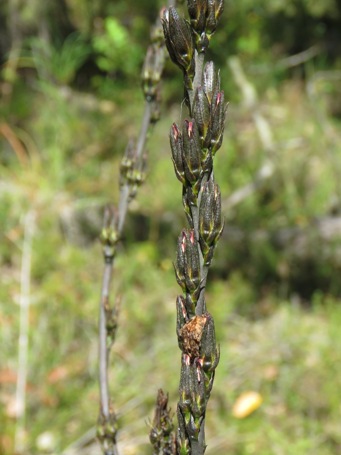
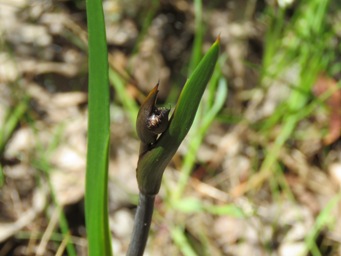
Haemodorum, species unknown (left)
Bobbly brown flowers at the end of tall stems.
Bridgetown.
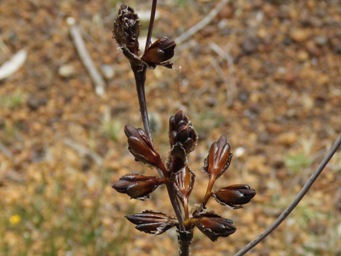
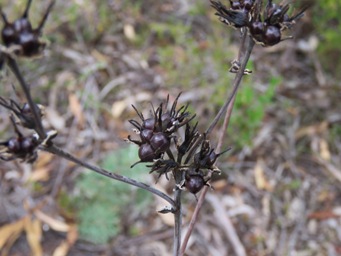
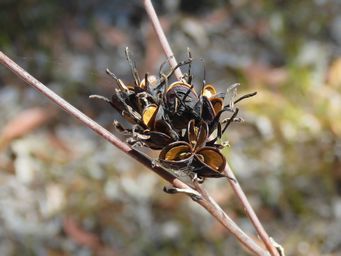
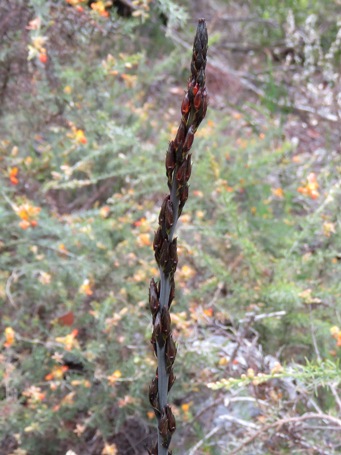
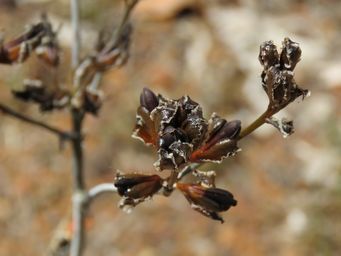
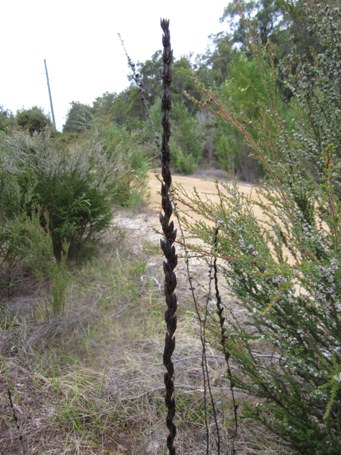
F
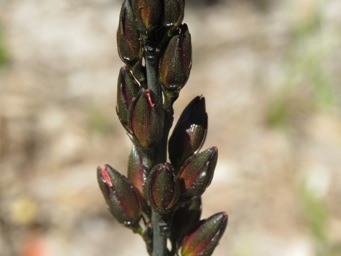
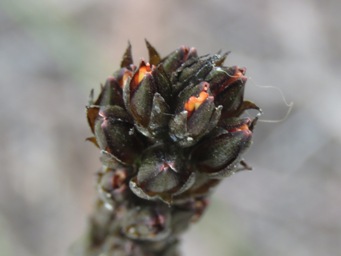
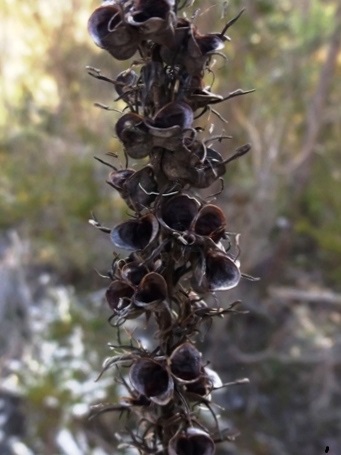
Haemodorum spicatum, Mardja, Matje, Meen, Mearn, Born, "Bush Onion" (above and at left)


